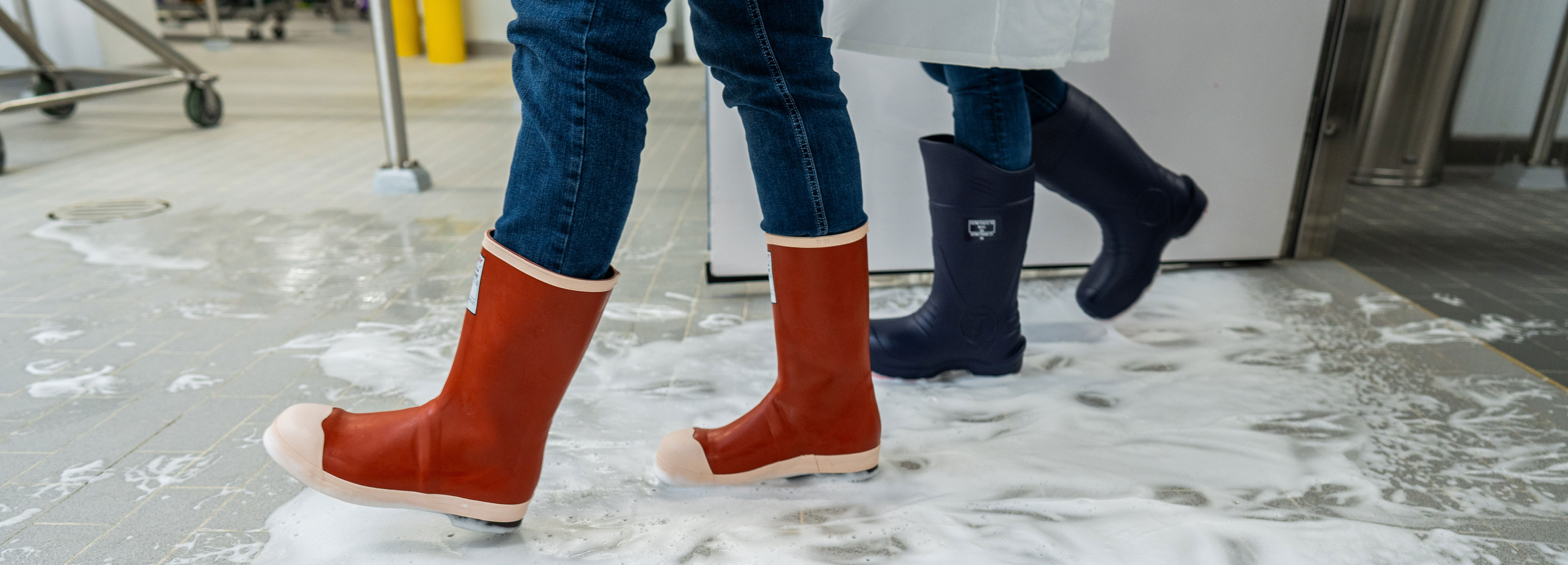
Ensuring worker safety and maximizing operational efficiency are not mutually exclusive goals in a food manufacturing facility. We’ve discussed protective barriers, such as safety toe caps, and the fact that slips, trips, and falls are the number one source of injury in the workplace, resulting in costs that include medical expenses, lost wages, and potential product damage or recalls.
Historically, claims about the slip resistance of footwear could be made without a standardized assessment. Fortunately, the industry has established clear, objective consensus standards for measuring slip resistance, allowing safety professionals to compare products using the same yardstick.
Tingley PPE is built for durability. Find the right footwear and outerwear for your food manufacturing facility today.

When employees are forced to walk cautiously on slippery surfaces (a behavior that we at Tingley refer to as the "penguin walk"), it leads to premature fatigue and decreased morale. An uncomfortable, distracted, or fatigued employee is less productive, and a drop in morale can increase employee turnover.
An accident resulting from a slip and fall can necessitate an assessment by your safety team and lead to high costs. An average worker claim is around $50,000, and the resulting downtime or product destruction can be significant. Investing strategically in comfortable, compliant, and slip-resistant Personal Protective Equipment (PPE) shows a commitment to your staff, enhances safety programs, and improves overall facility well-being.
The U.S. standards for slip resistance ensure objective evaluation based on specific test methods outlined in ASTM F2413 (for safety toe footwear) and ASTM F3445 (for plain toe footwear).
The primary goal of the US slip resistance standards is to assess the minimum coefficient of friction during various stages of the walking gait.
As safety managers relayed feedback about real-world conditions, the ASTM committee put forward an amendment to the SR standard to address facilities that deal with specialized contaminants, such as oily surfaces.
Selecting the best footwear for your facility requires evaluating the environment, including the flooring (e.g., red quarry tile, concrete with epoxy), debris, and chemical makeup, especially in foot baths and boot scrubbers.
Regardless of whether you choose SR or SRO-compliant footwear, one critical step remains: We recommend you request third-party independent lab testing.
Choosing footwear with the appropriate slip resistance rating (SR or SRO) for your food manufacturing environment is a key preventative measure. By understanding and utilizing these consensus standards, you eliminate the guesswork and ensure your strategic investment in PPE keeps your workers safe, comfortable, and productive. And thus, you’ll improve your commitment to food safety.
Think of the SR and SRO standards as the independent grading system for tires on a truck. Just as different truck tires are graded for optimal performance on dry asphalt versus icy roads (SR) or oil-slicked construction sites (SRO), these standards ensure that the 'tread' on your employees' boots is specifically proven to handle the unique, hazardous floor conditions present in your food processing environment.
Tingley is a trusted partner with Nelson-Jameson and offers a wide range of Safety & PPE products.
Related: Begin your Safety & PPE assessment with Nelson-Jameson >

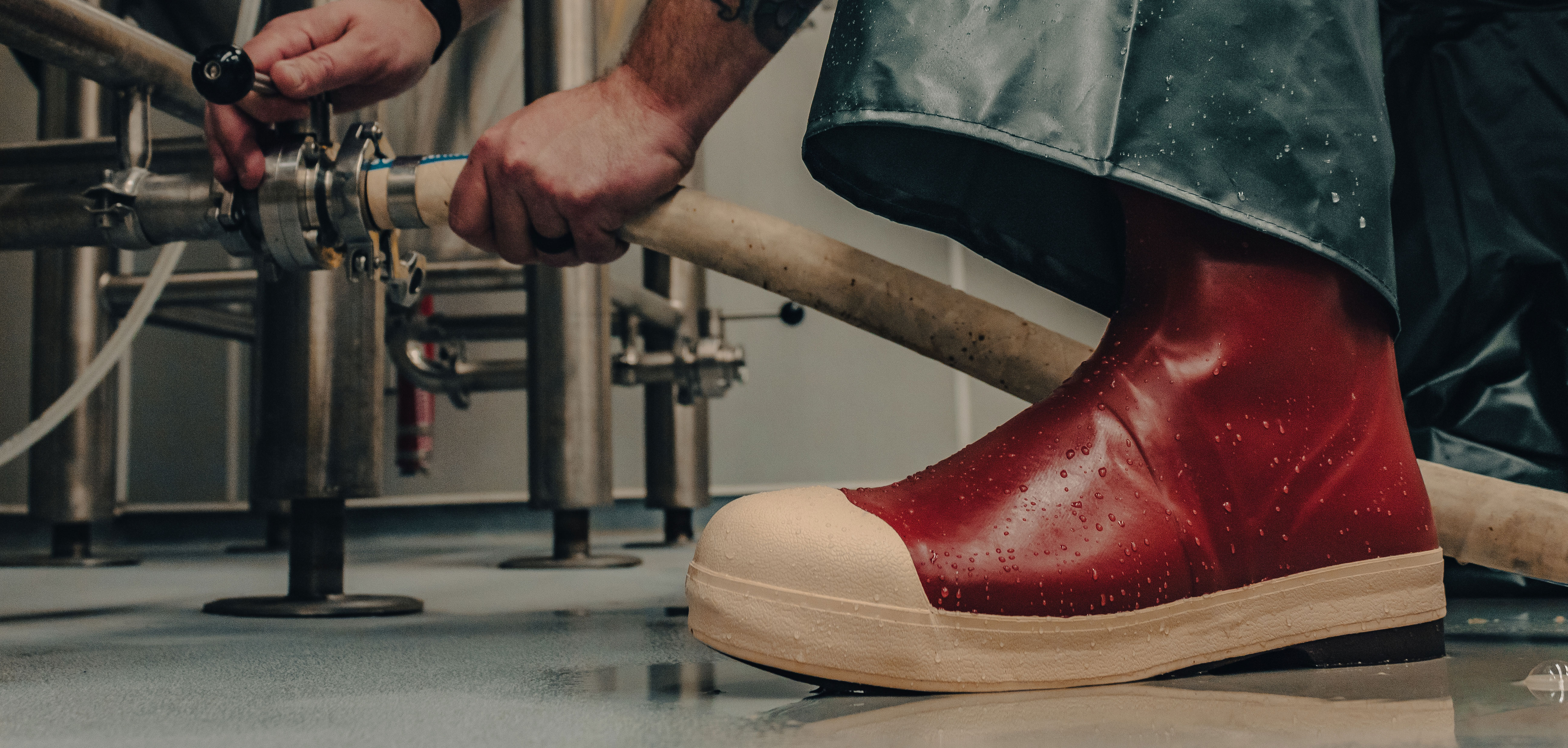
November 26, 2025
Ensuring comprehensive worker safety and food safety in food manufacturing facilities is crucial, and th...

November 25, 2025
In occupational safety, the most advanced Personal Protective Equipment (PPE) is ineffective if workers ...
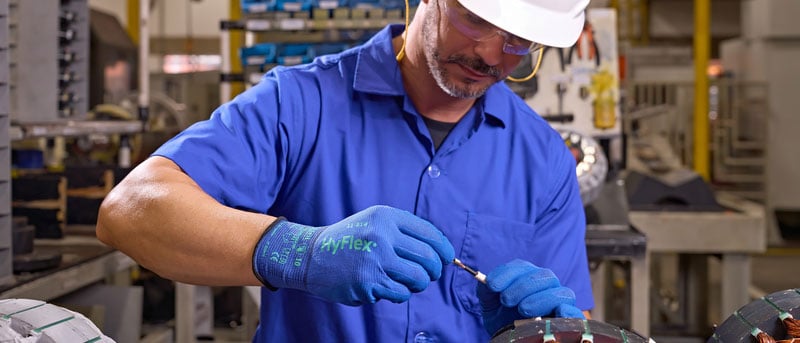
November 25, 2025
Efficiency and worker safety are equally important goals in food manufacturing facilities. And safety me...

Worker Safety
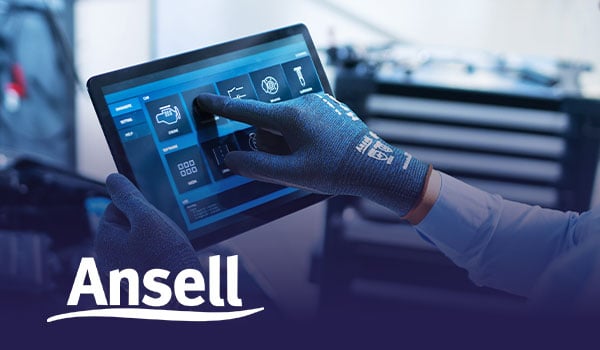
AnsellGUARDIAN assessments lead to injury reduction, reduced cost to protect, increased compliance, and a reduction in PPE portfolio complexity. This is how we keep you and your employees safe. Improve worker safety, increase productivity, and lower overall costs with AnsellGUARDIAN personal risk management solutions. Each complimentary assessment is tailor-made to meet your specific objectives, whether that be for a single application or an entire facility. You will receive best practice recommendations to optimize your PPE dispensing and advise on business performance improvements for lower overall costs.
Worker Safety

Employees are your greatest asset, protect them with 3M Safety Products.
Worker Safety
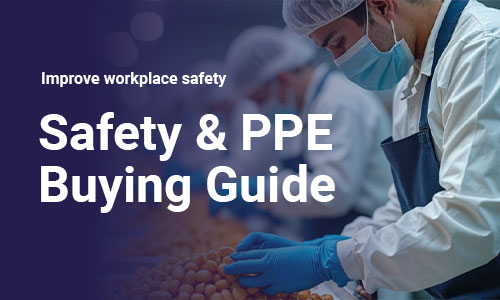
Worker Safety